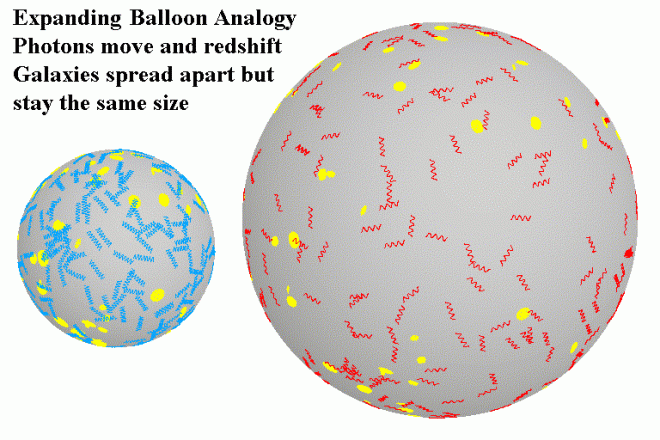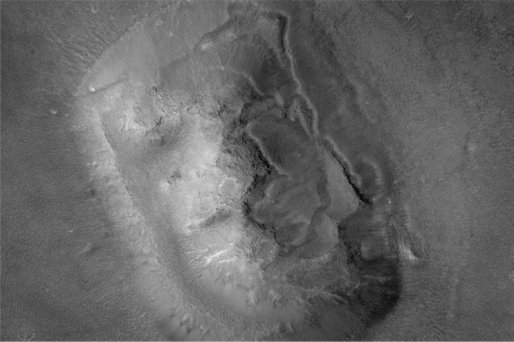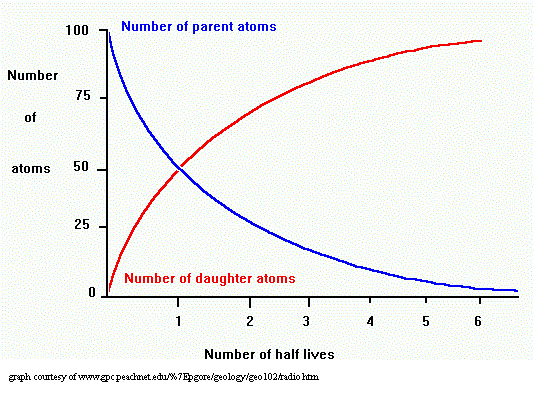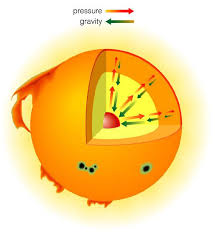If you asked the ancient philosophers, they would have told you that Earth was the center of the universe. Perfectly stationary, the heavenly spheres revolved around Earth causing the celestial phenomenons we Earth dwellers witness each day and night. Modern science has debunked, rather profusely, the idea of geocentrism. Now, we can easily leave our atmosphere and witness the revolutions of the Earth around the Sun providing definitive proof that our planet is not at all special and the other bodies move throughout the cosmos without any care that we exist.
Cool. We are not the center of the universe. That makes sense and it is observable. But wait! Where is the center of the universe?
From a logical standpoint, one would look to the origin point and say, “Ah, yes. The center of the universe must be where the Big Bang took place.” This makes perfect sense if you assume that the geometry of the universe is a sphere; however, recently studies examining doppler shifts have suggested that the geometry of the universe, instead of being a solid, exists on a solid. This would make the “solid” that the universe rests on at least four dimensions since our world obviously exists in three dimensions.
The support for this comes from a large scale observation of doppler effects outside the Milky Way. Here’s a brief video that simply explains how that was observed.
So, now that the geometry has (somewhat) been determined we get to ask ourselves, again, “Where is the center of that shape?” Well, this turns out to be a difficult question. First, let’s ask the question, “Where is the center on the surface of a sphere?” If you think long enough, you might decide either that there is no center or that every point is the center. Start by picking any arbitrary point somewhere on the surface of the sphere. If you draw concentric areas around that point until the end of the surface you will discover that your arbitrary point provides perfect symmetry in every direction. This will hold for every possible point you could pick.

This concept translates to every regular surface of every solid, so we could apply this concept to our universe! This means that from an arbitrary standpoint we could choose any point in the universe to be the center, and in fact, this has been done for Tulsa, Oklahoma.
Turns out those ancient philosophers might have not been totally wrong.











